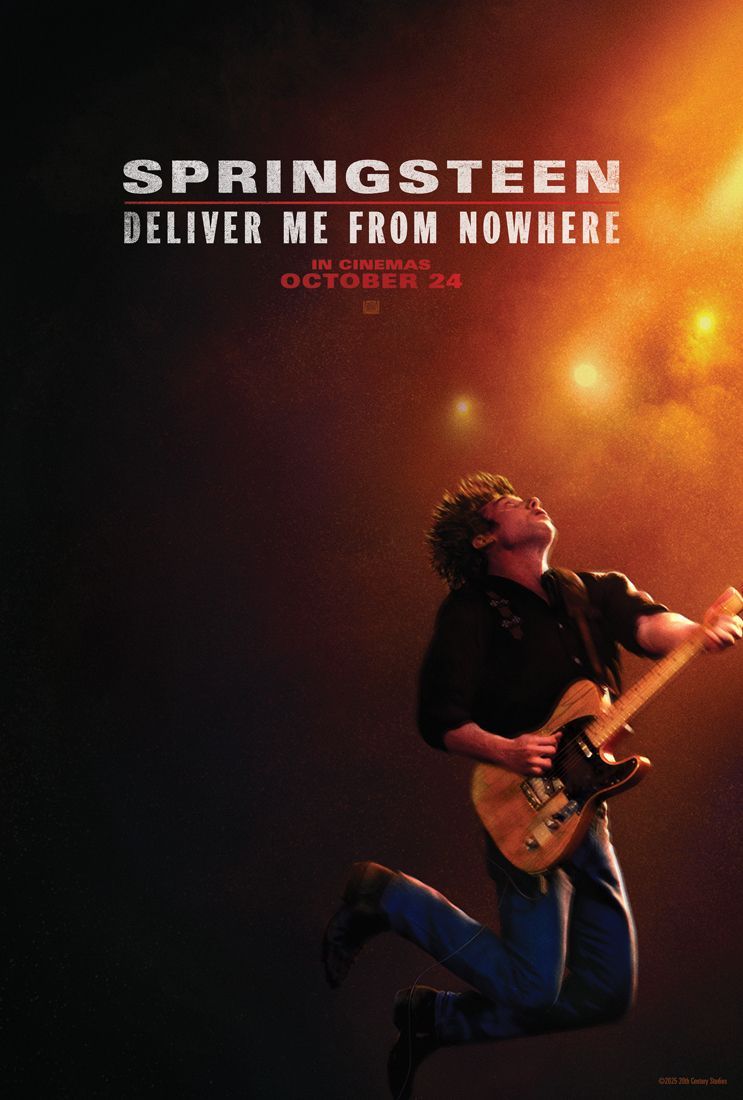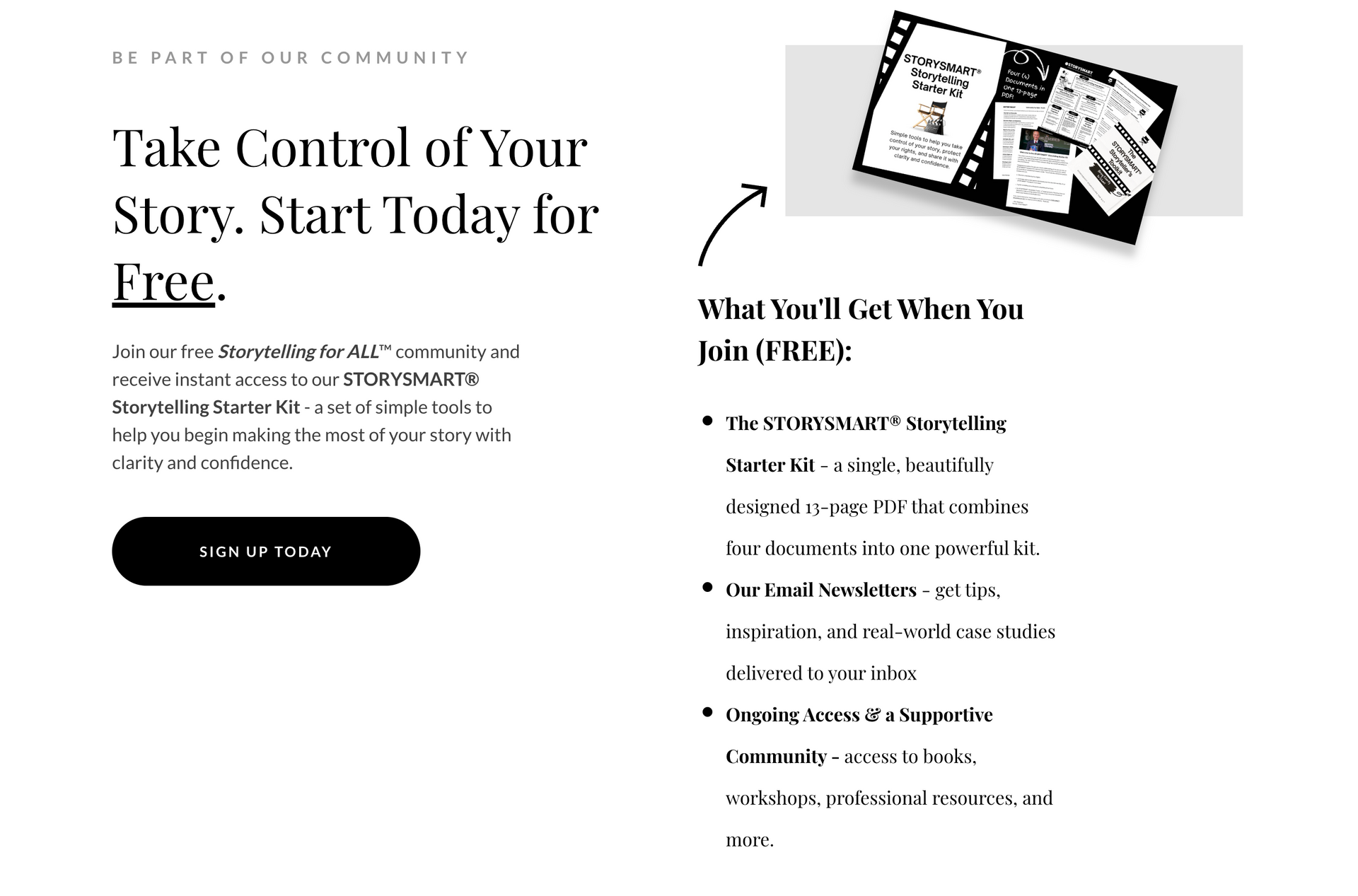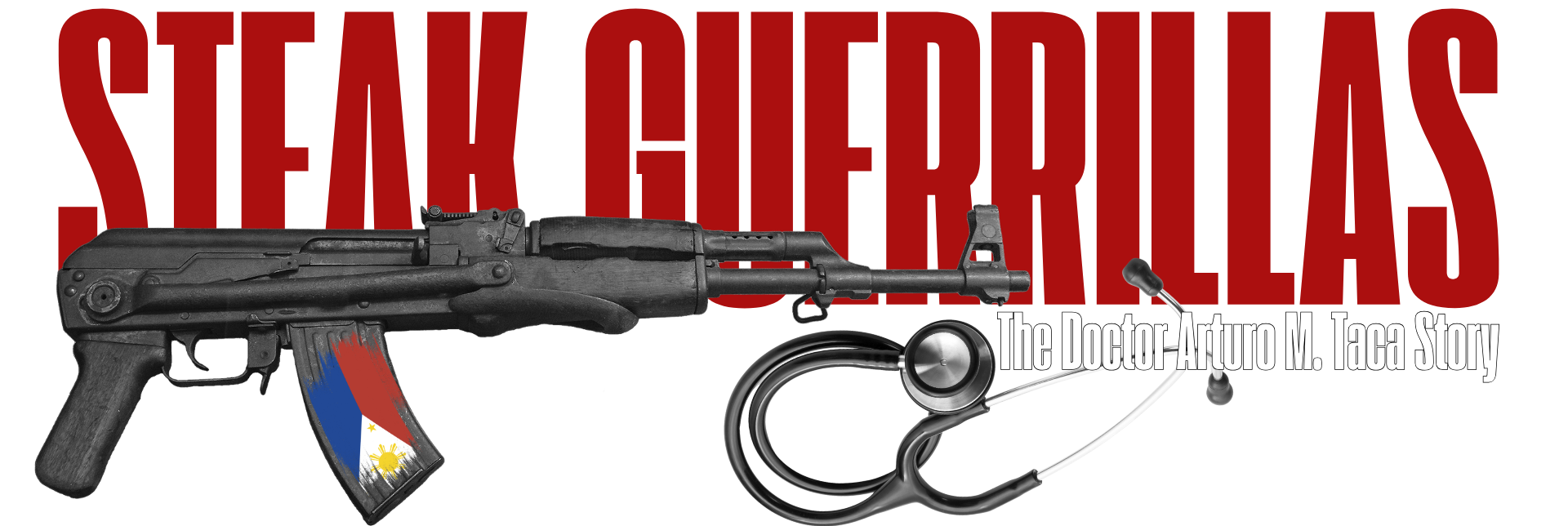Springsteen's New Film is a Boss Lesson in Storytelling
From Sliver to Screen - Springsteen, Zanes & the Making of Deliver Me From Nowhere Teaches You How to Deliver Your Story from Nowhere

When Deadline first reported that Bruce Springsteen’s Deliver Me From Nowhere was headed for the screen, I expected it would be more than another typical music biopic because it was based on a book that focused on a sliver of Springsteen’s life.
That “sliver” was a singular defining period of Springsteen’s life.
When I wrote my book, I took note of the fact that when Hollywood came calling, they first reached out to Warren Zanes who wrote the book and not Springsteen himself. I was trying to make the point about the importance of securing storytelling source material.
The real work in telling a story is that of the author. Writing a great story isn’t easy. When it happens, someone in Hollywood is bound to notice.
What I didn’t fully appreciate until now is that Springsteen’s story to screen journey is a masterclass in focus — a case study in how a single defining period, a writer who truly understands his subject, and a team of champions can move a story from the page to the screen in record time.
Zane’s book was published 2023. A little more than two years later, the film is being released. That is amazing in of itself, but the approach to the story told is also instructive.
Most people think you need your whole life story to make a film.
Springsteen — and Warren Zanes — show us you don’t. It can be a sliver.
The story behind this storytelling is a Boss lesson in storytelling that help you deliver your story from nowhere.

How I Got Here
Full disclosure, I’m not a super fan of Bruce Springsteen. I’ve enjoyed his music, but I am not a fanatic like my friend Joe B. I credit him with getting me to my first Springsteen concert and turning me on to his music. Thanks to Joe, I’ve seen the boss perform a couple of times.
While I’m a fan of his music, I’m a super fan of his approach to this storytelling.
When the Deadline story first hit about the film in the works, I wasn’t familiar with the Nebraska album or what made it so unique and special. I know now, thanks to Warren Zanes.
As soon as the latest edition of Zanes’ book hit shelves, I bought it — specifically because it included a new afterword titled “Page to Screen.” I knew I wanted to write a blog post for this newsletter, and I was eager to learn more about the behind-the-scenes storytelling journey.
I wanted to read it before seeing the film and I wanted to understand how this project came together so quickly, and what lessons it holds for creators and storytellers.
I also bought and cued up Nebraska — the haunting, lo-fi album that inspired it all — to be the soundtrack of my research and writing sessions. Knowing the story behind the music allowed me to fully appreciate Springsteen’s genius.
There’s something about that record that demands stillness, reflection, and honesty.
And that’s exactly what this story is about: a defining passage in an artist’s life that gives us key information about the man and the music.
“It’s not an overarching life-and-career narrative, spanning decades; it’s about a defining passage, a moment,” Zanes writes. “Relative to Bruce Springsteen’s output over the years, the Nebraska period is little more than a sliver — but it’s a telling sliver.”
That “sliver” became the foundation for one of the most remarkable page-to-screen journeys in years.

The Nebraska Moment
To understand why Nebraska matters — and why it resonates so deeply — you must picture Springsteen in the years leading up to the album’s release in 1982.
He was already the “Boss,” fresh off The River tour, sitting at the top of rock’s mountain. But inside, he was struggling with reconciling his past with where he was heading.
“Where, Springsteen asked himself at the end of the River Tour, did he belong,” Zanes writes. “Was it where he came from, a poor home in Freehold, or where he was going to, a success well beyond reasonable expectations.”
That internal struggle is revealed in his song writing and how he spent his time during this period. Instead of booking time at a big studio, Springsteen retreated to a spare bedroom in a rental home in Colts Neck, New Jersey, armed with a four-track cassette recorder.
He poured out songs about isolation, guilt, and the ghosts of the American dream — stories told through the eyes of outcasts and drifters.
These were not the typical subjects of songwriters. Zane writes about Springsteen watching Terrence Malik’s film Badlands late one night and how the mood and violence struck him. It was still with him the next morning.
Springsteen researches and writes about Charlie Starkweather, the chilling real-life murderer that was the basis of the film. He checks out a book from the local library, and calls a TV station in Omaha to interview the reporter who covered the chilling case.
“At some point I said to myself that if I’m going to write a song about this,” Springsteen told Zanes, “there’s something I have to get right.”
“As the songs started to arrive,” Zanes writes, “it would become clear that even the most troubled characters of Nebraska would stand beyond the reach of simple moral scrutiny. That wasn’t the theater in which they were players. The song world they inhabited didn’t lead to easy sorting, good and bad. But the point of view of the child, driven more by curiosity and wonder than by judgment, doesn’t just provide a way out of that sorting; it also gets Springsteen into the world of his own childhood.”
Springsteen worked in isolation recording what he thought was a demo tape. It turns out, it was the record itself being recorded on a cheap cassette.

“The songs demanded their own environment,” Springsteen later said.
That decision — to keep the imperfections, to release something unvarnished — defined his artistic courage. It was unprecedented at that time and is one of the reasons so many musicians took note. It was the sound of a man stripping away noise to find the truth.
And that is precisely what Zanes captures in Deliver Me From Nowhere. And he captures the underlying story of Springsteen’s childhood and his decision to sort through that with help.
Zanes isn’t writing about celebrity. He’s writing about creative reckoning — a universal story every artist, entrepreneur, and leader can relate to. Great artistry reveals the artist. Zanes writing reveals something about himself as well as the focus of his book. I urge you to read the book.
The Email That Sparked It All
Two weeks after Deliver Me From Nowhere was published, Zanes received an email dated May 19, 2023.
It came from Eric Robinson of The Gotham Group in Los Angeles — the kind of message every author dreams of but few ever get.
It began, with a touch of humor, “Not to bury the lede…” and continued:
“I’m absolutely obsessed with Deliver Me From Nowhere, having grown up on Bruce and Nebraska, and truly believe there’s a brilliant film to be made out of this story. If ever there was a Springsteen film, this should be it — the anti-Rocketman, the anti-Bohemian Rhapsody. I loved your Petty biography, but what you have done here is mind-blowing.”
That single email set the film in motion because it connected with Zanes in sincere way, prompting him to bring it to Springsteen.
Robinson quickly brought in Ellen Goldsmith-Vein and Sloan Harris from The Gotham Group, then Scott Cooper — the writer-director known for Crazy Heart, Out of the Furnace, and Black Mass.
Together, they reached out to Springsteen’s longtime manager and creative partner Jon Landau, who helped secure Bruce’s involvement and blessing.
Less than two years later, the film — Springsteen: Deliver Me From Nowhere — is hitting theaters. That’s lightning speed by Hollywood standards.
Why This Project Moved So Fast
Speed in filmmaking rarely happens by accident. It happens when the creative pieces align and those in the decision-tree align on vision and approach. This one did — perfectly.
1. A Finished Story Source
The story was already told — beautifully, honestly, and completely. Zanes didn’t just write about Springsteen. He wrote through him — exploring the creative breakdown and rebirth that produced Nebraska.
That gave producers something finished, cinematic, and authentic to build from. They weren’t optioning an idea. They were adapting a completed narrative universe. Finished source material isn’t a byproduct. It’s the starting line. Now, I haven’t seen the film, so I’m making some assumptions about the script written by Scott Cooper. I expect it is drawn from Zanes book, but also bringing more depth to certain aspects of Zanes treatment that aren’t explicit.
But what is clear to me is that his book is the creative spring of life to the film.
Zanes’ writing reads cinematically. His scenes breathe. His transitions feel like cross-fades. That rhythm makes adaptation feel natural rather than forced.
2. A Focused Scope
By concentrating on one defining period, the story avoids what derails most biopics: scope creep. Trying to do too much in too short a time (a 2 hour film).
It’s not trying to summarize a legend — it’s trying to illuminate a moment. That restraint is what makes it powerful and filmable.
Springsteen’s Nebraska isn’t about fame or fortune — it’s about the tension between art and sanity. That human core translates beautifully to film because it’s intimate, not encyclopedic.
3. The Author as Champion
Zanes didn’t hand off his book and walk away. He became the creative connector — linking producers, director, and Springsteen’s camp.
He’s credited as an executive producer because he protected the heartbeat of the story.
That’s rare. Most authors fade into the background once a studio option is signed. Zanes stayed in the conversation, helping ensure that tone, truth, and trust stayed intact.
4. Trusted Gatekeepers
Every artist’s story has guardians. For Bruce, that’s Jon Landau. Landau has managed Springsteen since 1977 and has helped shape every major decision in his career.
Gaining his trust was critical.
Zanes’ credibility — and his track record as both musician and writer — opened the door. He wasn’t a tabloid biographer; he was a peer who understood artistic process. That trust gave the team access and speed.
5. Alignment on Tone
Everyone involved understood that Deliver Me from Nowhere wasn’t a jukebox musical. It’s the anti-Rocketman. A quiet, internal film about solitude, creativity, and the fragile line between breakdown and breakthrough.
Scott Cooper’s sensibilities made him the perfect fit. He’s drawn to broken characters trying to find redemption in hard landscapes — exactly the emotional territory of Nebraska.
That kind of alignment doesn’t just happen. It’s the product of vision, empathy, and respect for the source.

Behind the Speed
Zanes describes the adaptation process in his afterword with almost scientific clarity. Once Robinson reached out, he immediately grasped the filmic potential and started building the creative triangle: author, producer, director.
Zanes’ role became what I’d call “the narrative bridge.” He helped connect all the key people.
He introduced Cooper to Springsteen’s longtime circle, provided context around the music, and helped articulate the emotional architecture of Nebraska. He was both insider and interpreter — translating Springsteen’s inner life for the screen while protecting its integrity.
By the time Springsteen and Landau gave their nod, the creative alignment was complete. The approvals came early. The story bible existed. The tone was agreed upon.
That’s why development, which normally drags for years, moved in months.
The creative risk was low because the story source material was high quality, Boss, and author endorsed. It’s a formula for successful a true-story adaptation.

The Boss Lesson
For me, that’s the Boss Lesson in all this. Springsteen didn’t need a cradle-to-Grammy epic. He chose to focus on a truth that fit inside a moment and Zanes was the perfect writer to capture it. He was someone he trusted and opened up to, sharing vulnerable truths and who could help him see his own story from an empathetic outside perspective.
The result? A defining sliver of time that reveals the whole man.
That’s not just storytelling craft. That’s creative wisdom.
We live in an age obsessed with scale — bigger budgets, bigger arcs, bigger “universes.”
But the most timeless stories often come from compression, not expansion. From less, not more. The best stories aren’t always expansive, detail rich epics. They are simple. Relatable. Universal.
That’s what Nebraska was. That’s what Deliver Me From Nowhere is. And that’s the storytelling lesson every creator can take from the Boss.
The STORYSMART® Takeaways
If you’re developing your own story — personal, professional, or creative — this project offers a masterclass in storytelling alignment.
1. Find your sliver.
Identify the defining passage — the crucible moment that reveals who you are. That’s where the cinematic story lives. You don’t need 30 chapters to make people feel something. You need one moment of truth.
2. Develop your storytelling source material.
Whether it’s a book, memoir, podcast, or documentary — get it written, captured, or filmed. Your story becomes valuable the moment it’s tangible. The better your source, the faster great storytellers can find you. Zanes didn’t have to pitch; his book was the pitch.
3. Engage your author or subject early.
Zanes wasn’t an afterthought — he was integral. The collaboration accelerated the process and preserved authenticity. If you’re a public figure or family stewarding your legacy, don’t hand off your story — build with the people who understand you.
4. Secure approvals and access upfront.
Don’t leave rights, likeness, or music clearances to chance. Address them early, respectfully, and strategically. Approvals aren’t just legal; they’re emotional. People say yes faster when they feel heard and represented accurately.
5. Champion the story internally.
Eric Robinson’s email changed everything because he didn’t hesitate. Every story needs someone who believes so deeply that they move mountains. Be that champion for your own story — or surround yourself with someone who is.
From Nowhere to Everywhere
That’s what makes Deliver Me From Nowhere a Boss Lesson in Storytelling.
It proves you don’t need a whole life to tell a whole truth — you just need the right moment, the right writer, and the right champions.
So ask yourself: What’s your sliver?
Who understands you well enough to help you tell it?
And who’s willing to send that first “Not to bury the lede…” email on your behalf?
That’s how you deliver your story from nowhere.
About This Edition
This edition of Storytelling for ALL™ was inspired by the forthcoming film Springsteen: Deliver Me From Nowhere (written and directed by Scott Cooper) and Warren Zanes’ book of the same name.
If you haven’t read the book, I highly recommend it — especially the afterword, Page to Screen. It’s a rare, behind-the-scenes look at how focus, trust, and the right creative partners can turn a single sliver of life into a story worth telling.
And that, in the end, is what STORYSMART® is all about — helping creators, families, and public figures take control of their true stories and bring them to life with clarity, purpose, and ownership.
--
Ron Watermon












